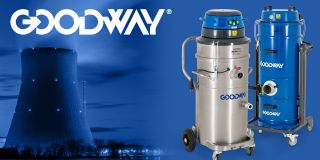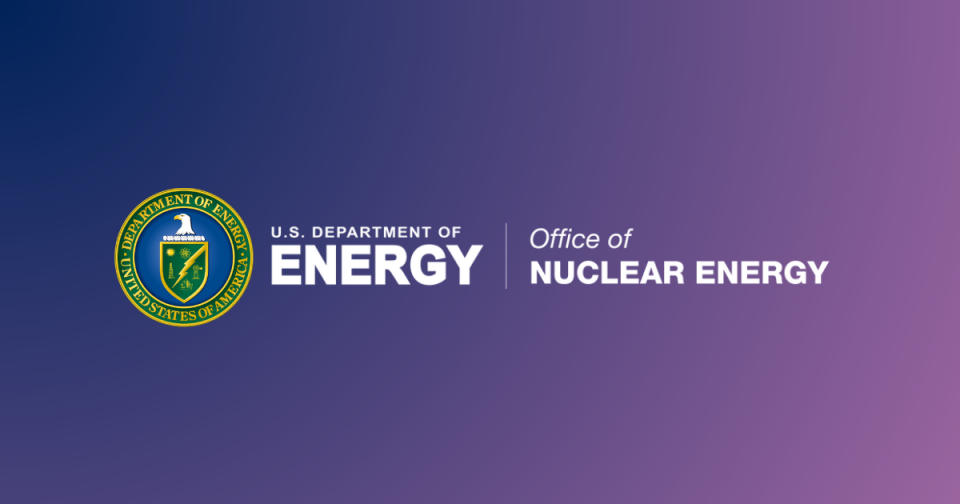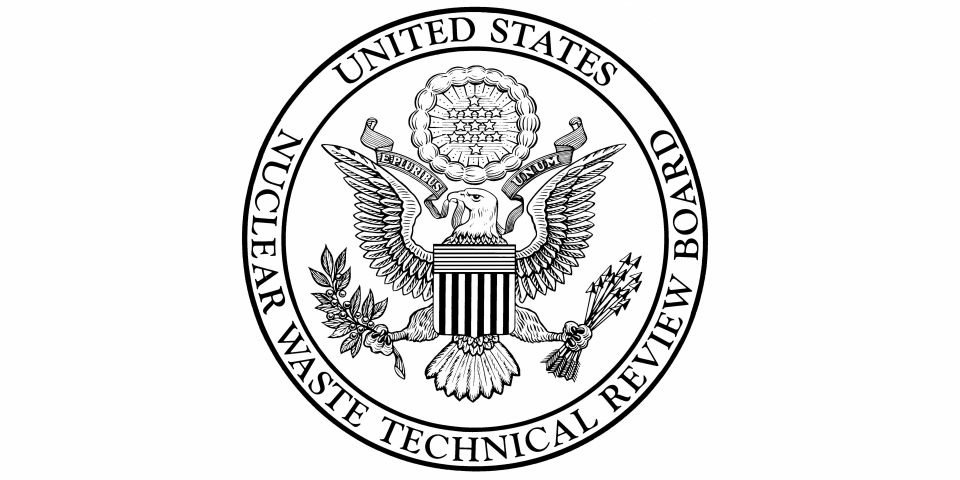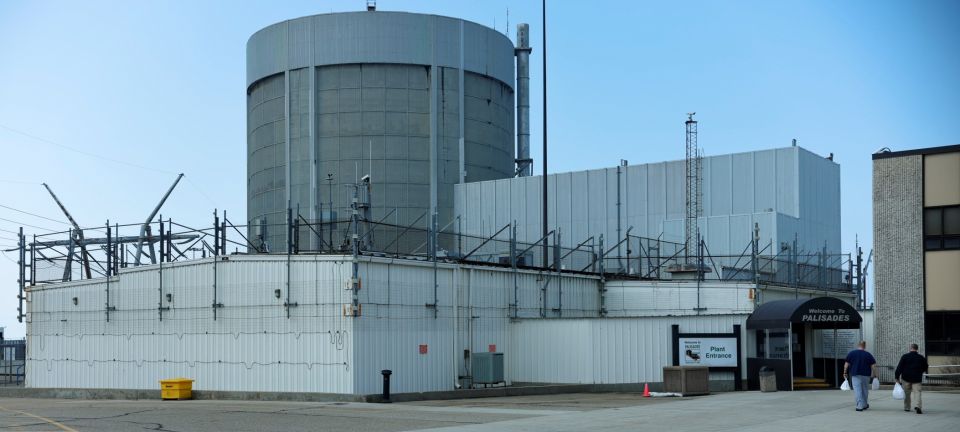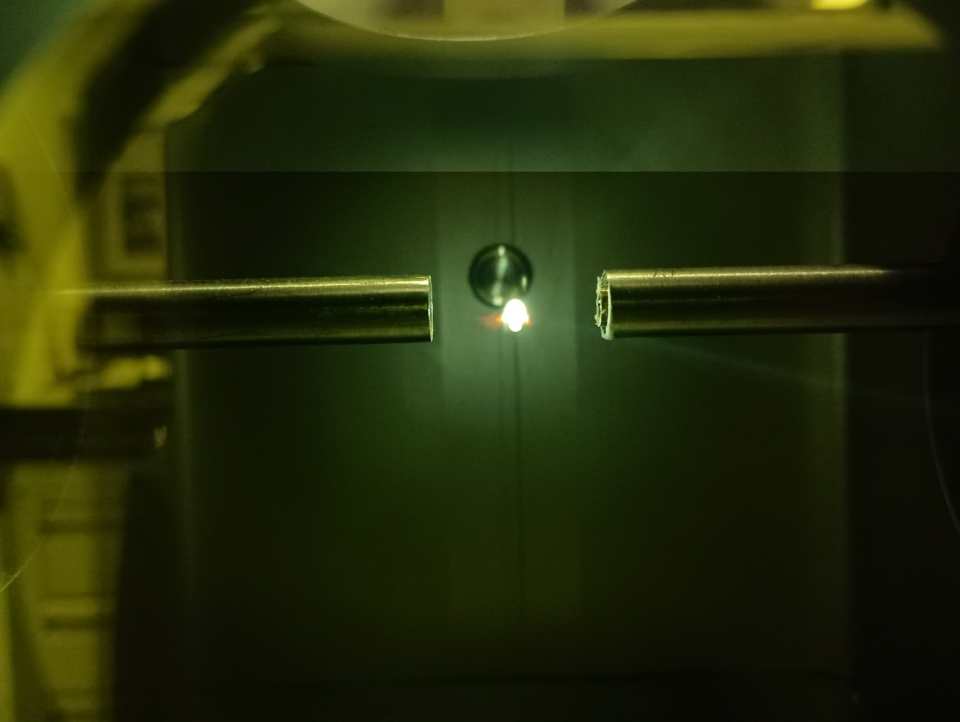X-energy, Dow apply to build an advanced reactor project in Texas
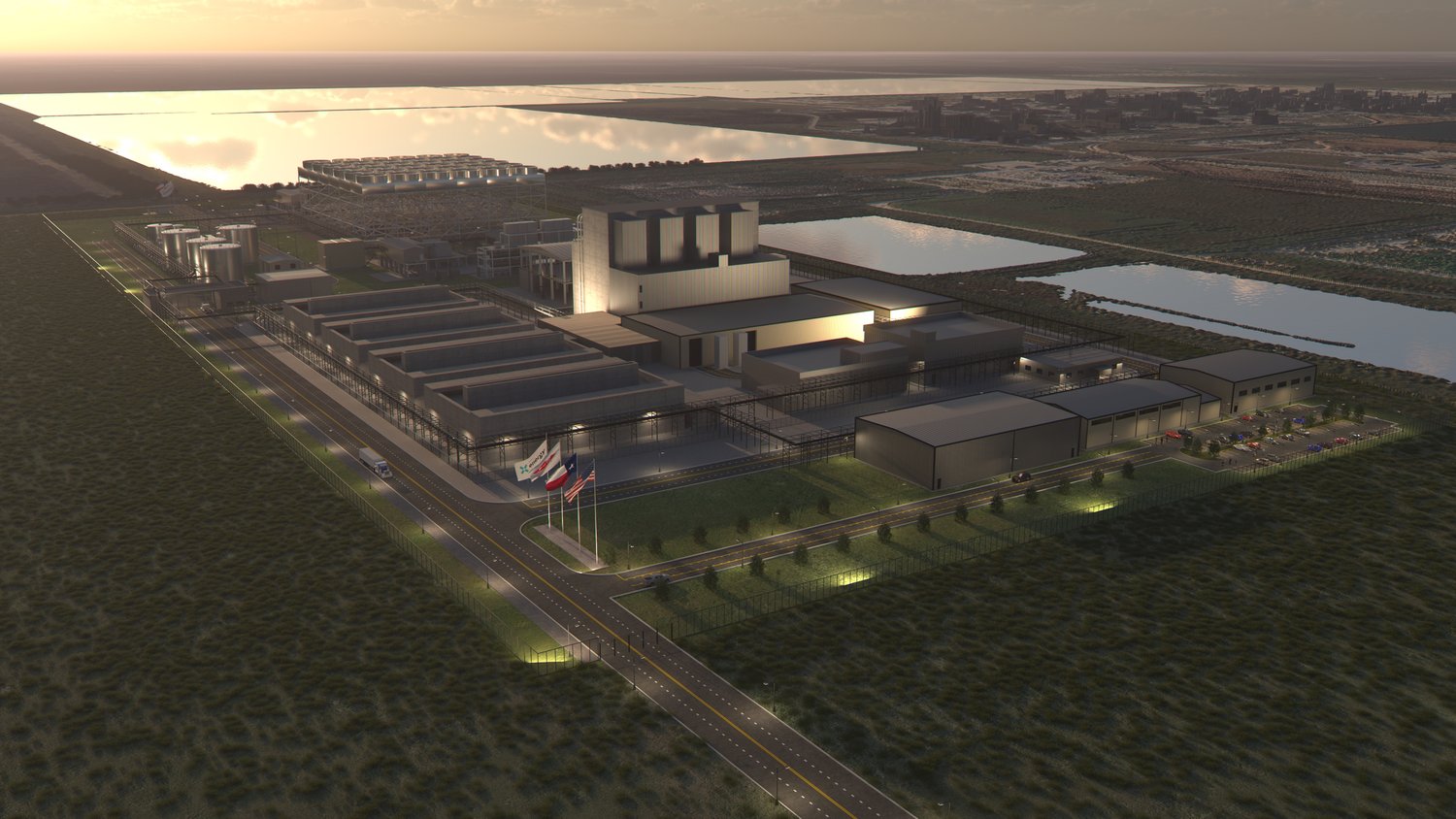
Dow and X-energy announced today that they have submitted a construction permit application to the Nuclear Regulatory Commission for a proposed advanced nuclear project in Seadrift, Texas. The project could begin construction later this decade, but only if Dow confirms “the ability to deliver the project while achieving its financial return targets.”
HTGR potential: The announcement comes two years after the companies announced a joint development agreement to use X-energy’s Xe-100 high-temperature gas-cooled reactor (HTGR) technology to provide clean power and industrial steam to Dow’s UCC Seadrift Operations manufacturing site, with support from the Department of Energy’s Advanced Reactor Demonstration Program. That power and steam would come from a four-pack of 80-MWe reactors built into a 320-MWe power plant and would replace the fossil generation currently used at the plant.
As a pebble bed HTGR, the Xe-100 would use TRISO particles encased in graphite pebbles as fuel and helium as coolant. The 10 CFR Part 50 construction permit application is set to make the project the second mid-sized commercial non–light water reactor construction permit on the NRC’s docket, following TerraPower’s March 2024 application to construct a Natrium sodium fast reactor in Kemmerer, Wyo. (The NRC’s predecessor, the Atomic Energy Commission, issued construction permits for two HTGRs—Peach Bottom-1 in 1962 and Fort St. Vrain in 1968.)
Next steps: X-energy began preapplication engagement with the NRC in 2018. Now that a construction permit application has been submitted, the review process could take up to 30 months, according to X-energy and Dow.
“The construction permit application is a critical step to deliver on the vision of Congress and DOE to position the U.S. at the forefront of commercializing advanced reactor technology,” said J. Clay Sell, CEO of X-energy.
Construction “later this decade” could begin “upon Dow confirming the ability to deliver the project while achieving its financial return targets,” the companies state in their announcement, adding that “Dow expects the cost of energy—net of all subsidies—to be competitive with other alternatives for firm, clean energy.” The project could begin operation “early next decade.”
“This is an important next step in expanding access to safe, clean, reliable, cost-competitive nuclear energy in the U.S.,” said Edward Stones, business vice president for Energy & Climate at Dow. “We look forward to engaging with the NRC, DOE, our business partners and the community throughout the application process.”
When Dow first announced Seadrift as its site of choice in May 2023, “Construction on the four-reactor project [was] expected to begin in 2026 and to be completed by the end of this decade.”
Industrial power and steam: According to the Dow/X-energy press release, the project is being developed by Dow’s wholly owned subsidiary Long Mott Energy. Once complete, Long Mott Generating Station is expected to be the first grid-scale advanced nuclear reactor deployed at an industrial site in North America. The nuclear power and steam assets would “eliminate most Scope 1 and 2 emissions at the site.”
Dow’s Seadrift site is the company’s second-largest site in Texas, covering 4,700 acres and manufacturing more than 4 billion pounds of materials for consumer products per year. The site began operations in 1954 as a Union Carbide Corporate (UCC) facility; Dow acquired UCC in 2001.
According to Dow, some of the everyday consumer products produced at the site include plastics (polyethylene) for wire and cable applications, food and beverage containers, automotive parts, toys, and diapers; glycols for antifreeze, polyester fabrics, and bottles; and oxide derivatives for health and beauty products such as medicines, shampoos and soaps, and detergents.
Timeline: Here are a few of X-energy’s development milestones:
- October 2020—the DOE picked X-energy and TerraPower for full-scale demonstrations through the Advanced Reactor Demonstration Program.
- April 2021—X-energy announced a plan with Energy Northwest and Washington state’s Grant County Public Utility District to site an Xe-100 demo near Richland, Wash.
- October 2022—X-energy announced that its TRISO-X subsidiary had broken ground on a fuel facility in Oak Ridge, Tenn.
- March 2023—X-energy and Dow announced an agreement to build an Xe-100 demo at one of Dow’s Gulf Coast facilities; the Seadrift site was announced two months later.
- July 2023—X-energy and Energy Northwest signed a joint development agreement for up to 12 Xe-100 reactors (960 MWe total) in central Washington.
- February 2024—Plans for a helium coolant and fuel handling test facility in Oak Ridge, Tenn., got an environmental assessment and finding of no significant impact from the DOE’s Office of Clean Energy Demonstrations.
- October 2024—X-energy, Dominion Energy, and Amazon announced a new partnership to develop and deploy a total of 5 GW of reactor capacity over 15 years.

